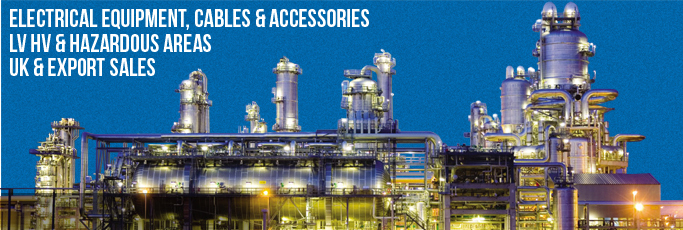
|
|
| home | contact | team t&d | group websites | markets | exports | blog |
 |
|
Fire Testing of Abtech Junction Boxes - GRP, Stainless, Mild Steel Enclosures
 Fire Rated Junction Box Enclosures
Fire Rated Junction Box Enclosures
IEC 331 (750°C for 3 hours)
BS6387 (950°C for 3 hours - Flame Only)
When installing essential systems such as emergency lighting or fire safety controls in ATEX hazardous area and industrial areas, great emphasis is placed upon the fire resistant survivability of the critical components such as fire dampers, actuators and cables that are contained in the area. Often the specification of the hazardous area junction boxes is neglected with respect to fire survival.
On the basis that any system is only as good as the weakest part, it is important that attention is paid to the hazardous area junction boxes being utilised for essential systems.
Abtech have many years experience of ensuring the fire survival of junction boxes using both the SX and BPG ranges. Abtech have supplied major projects worldwide with fire rated junction boxes including the Channel Tunnel, Dartford Tunnel and the Tengiz Oil Refinery in Kazahkstan to name but a few.
Since there are no recognised tests applicable to junction boxes, it was decided to test the electrical enclosures to the same specification as the cable. At the time of the test (1990) the two main tests for electrical cables were IEC331/1970 and BS6387/1983.
In IEC331 a cable test is conducted in which the samples are subjected to flame at a temperature of 750°C for a period of 3 hours with the electrical system fully functional before, during, and after the test.
This test was carried out on both the SX (stainless steel) and BPG (glass reinforced polyester) electrical enclosure ranges containing nylon, melamine and ceramic terminals.
After the test it was found that the body of the nylon terminals had disappeared completely, the melamine body had taken on the appearance of biscuit (because the wood filling had burnt away) and only the ceramic bodied terminal appeared to be intact.
Without cleaning or disturbing the terminals in any way, a flash potential of 5kV was applied between the copper conductor and the terminal rail, which passed without break-down.
Since the IEC331 standard only partly dealt with the requirements of real-life situations, it was decided to conduct additional testing to an alternative standard – BS6387/1983.
This test is performed in a similar way to IEC331/1970 with the specimen under test being suspended 75mm (approximately 3”) above a flame, the temperature of which is maintained at 950°C for 3 hours.
During this period the cable and junction box is supplied with power. In order to pass the test, both components must be fully functioning after the period has elapsed.
On the successful conclusion of this test, which is designated “fire-alone” BS6387‘C’, the next test is to mount the sample (still powered-up) on a flat vertical surface and to apply flame at a temperature of 950°C (by means of a flame gun) whist at the same time striking the board on which the sample is mounted with a 25mm (1”) diameter iron bar every 30 seconds for a period of 15 minutes.
This is designated the “impact test” BS6387 ‘Z’.
Finally, a “fire with water test” is applied but only at a temperature of 650°C. The sample is subjected to flame at 650°C for 15 minutes after which a water spray is applied for 15 minutes and at the culmination of this test the system is required to be completely functional, this test being designated BS6387 ‘W’.
The SX range of electrical enclosures passed all the tests applicable to BS6387 i.e. C, Z & W however, it was decided that the BPG range would only be submitted to the flame test ‘C’, which it passed.
In conclusion, the Abtech SX and BPG electrical enclosure and junction box ranges, when fitted with ceramic terminals, are suitable for use in areas which are designated to require fire resistant cables.
Abtech SX Range LV Electrical Enclosures

Abtech BPG Range LV Electrical Enclosures

 Fire Testing of Abtech Junction Boxes - GRP, Stainless, Mild Steel Enclosures
Fire Testing of Abtech Junction Boxes - GRP, Stainless, Mild Steel Enclosures





























